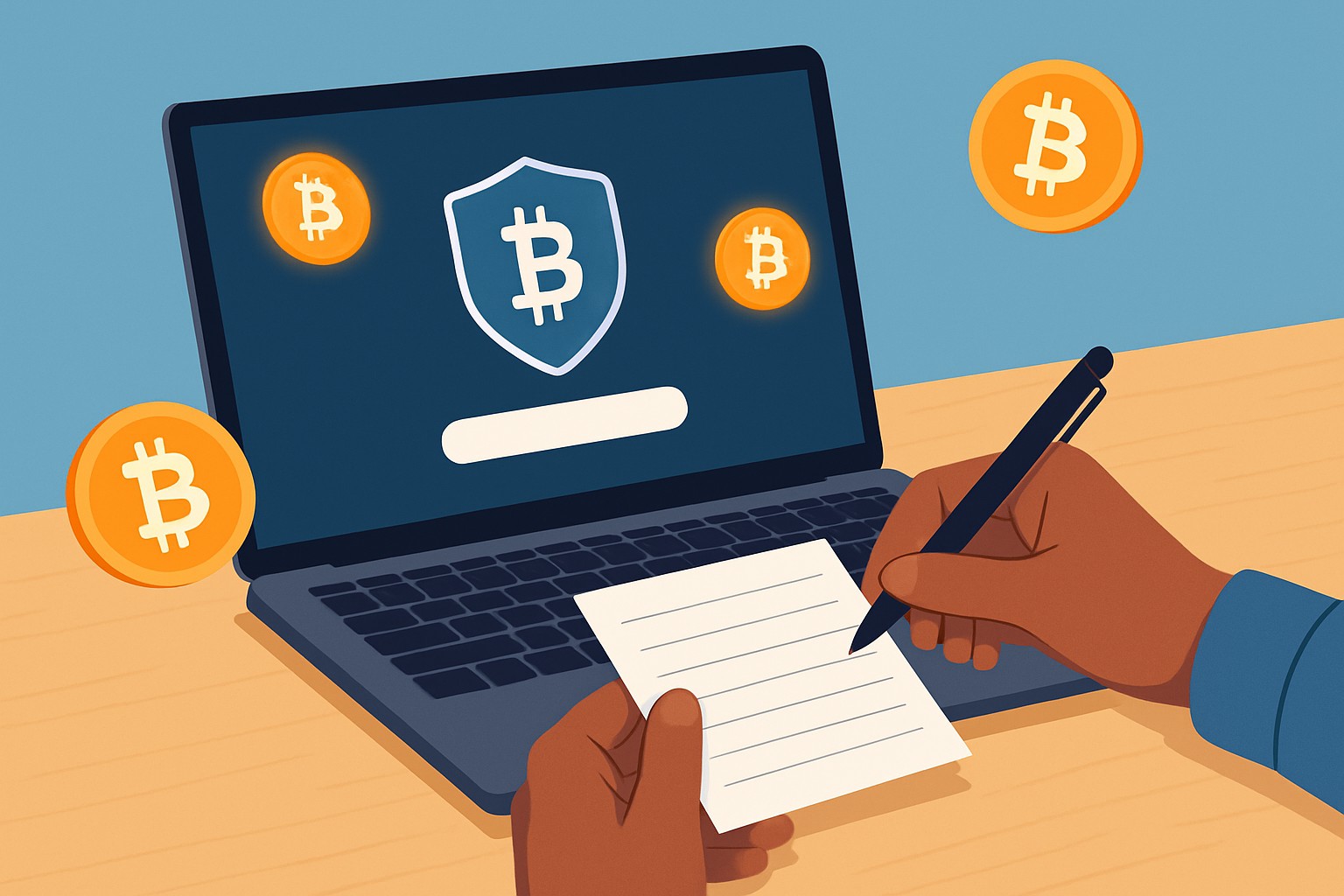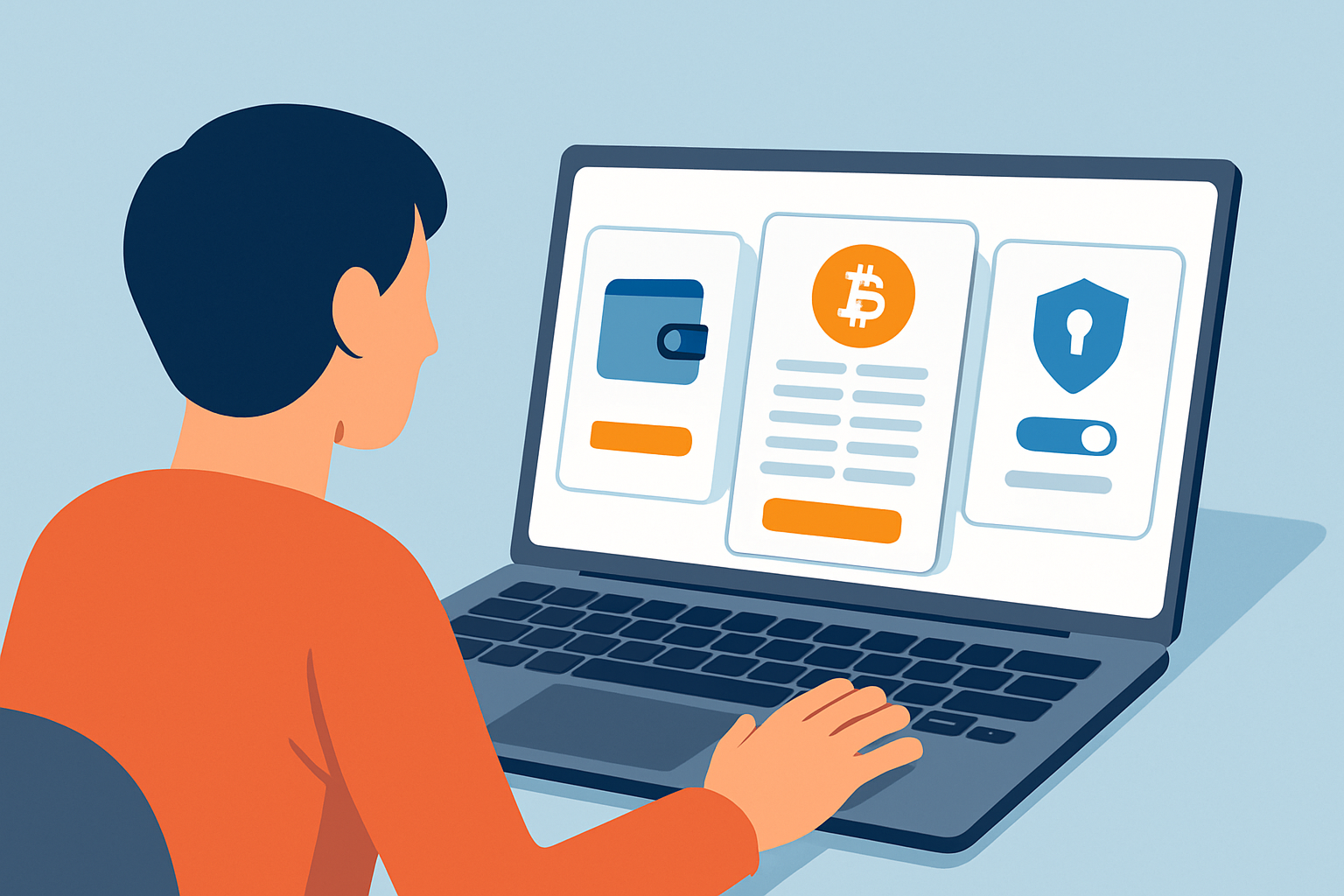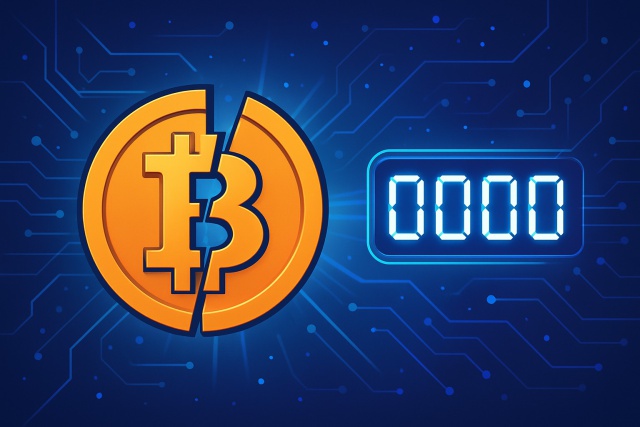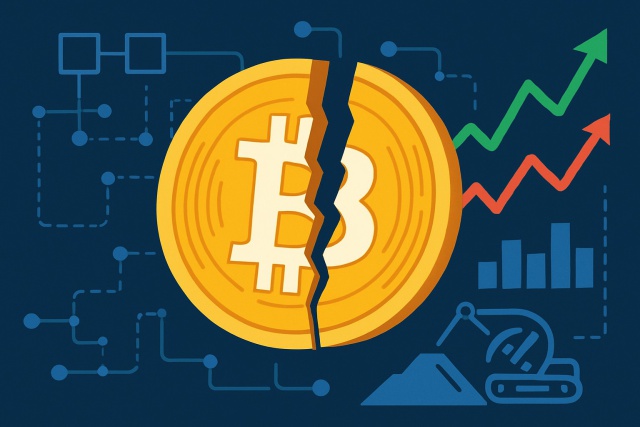How to Make a Bitcoin Wallet and Keep It Secure


A Bitcoin wallet is a handy digital tool that lets you store, send and receive Bitcoin without breaking a sweat. Having a wallet is absolutely important since it acts like your personal gateway to your cryptocurrency stash.
Bitcoin wallets come in all sorts of flavors, from handy software apps to sturdy hardware gadgets.
Understanding Bitcoin Wallets and Their Key Features
- Hot wallets are software wallets that stay plugged into the internet, making them a breeze to access whenever you need.
- Cold wallets are offline devices or storage methods that keep your keys completely off the grid, offering a much tighter grip on security.
- Hardware wallets are those handy little physical gadgets crafted just to keep your private keys safe and sound.
- Mobile wallets come in the form of smartphone apps, perfect for people who like the convenience of managing their Bitcoin on the fly.
- Desktop wallets are programs you install on your computer that help you keep a closer eye on your Bitcoin stash.
- Paper wallets are old-school physical printouts of your keys, often favored for securely stashing coins offline without pulling any digital strings.
Hot wallets let you dive into your Bitcoin pretty much in a flash, but they do come with the downside of being more prone to hacking since they’re always connected to the internet. Cold wallets are like your trusty safe—rock solid but not exactly convenient for those quick-fire transactions. Hardware wallets strike a nice balance, keeping your keys offline but still letting you get to them easily via USB or Bluetooth. Mobile wallets are great companions when you’re out and about, though their security really hinges on how locked down your phone is. Desktop wallets pack a punch in features, yet they can leave your private keys waving a red flag to malware if your computer isn’t properly secured. And then there are paper wallets—top-notch for offline safety.
| Wallet Type | Security Level | Ease of Use | Accessibility | Typical Use Case |
|---|---|---|---|---|
| Hot Wallet | Low | A breeze to use | Always just a click away online | Perfect for everyday, small transactions where speed matters |
| Cold Wallet | Very high | Fairly straightforward | Requires offline access, so a bit less convenient | Ideal for stashing your valuables safely over the long haul |
| Hardware Wallet | Very high | Pretty user-friendly | Hooks up via USB or Bluetooth, no fuss | Great for those wanting strong security day in and day out |
| Mobile Wallet | Medium | Super simple | Right there on your smartphone | Handy for payments and transfers when you’re out and about |
| Desktop Wallet | Medium-high | Reasonably easy | Accessed on your computer, nothing fancy | Suited for users who like to tinker with advanced wallet features |
| Paper Wallet | Very high | Quite tricky | Only works if you’ve got it in hand | Best saved for backup or really long-term storage, if you’re feeling old school |
Step-by-Step Guide to Creating a Bitcoin Wallet
So, you’re thinking about diving into the world of Bitcoin and need a wallet to get started. No worries, creating one is easier than you might think—I'll walk you through it, step by step. Whether you’re a tech whiz or just starting out, this guide has got your back.
Setting up a Bitcoin wallet is surprisingly straightforward, especially with software wallets that are made to be user-friendly and accessible.
Pick the type of wallet that fits your needs, whether that’s a nifty mobile app or solid desktop software.
Download the official wallet app or software from a trusted source or the official website because nobody likes a surprise malware hitchhiker.
Install it and fire up the wallet on your device. This is where the magic begins.
When prompted, choose to create a new wallet and follow the on-screen instructions. It’s easy as pie really.
Take your time writing down your seed phrase carefully. Treat it like your most precious secret and keep it safe offline.
Set a strong password or PIN to lock things tight. If you can, turn on extra security features like two-factor authentication to keep the bad guys at bay.

Your seed phrase is basically the master key to your wallet. Usually it’s a 12- or 24-word string that appears when you first set up your wallet. It’s your lifeline for getting back into your Bitcoin if your device fails or you forget your password. Never share that seed phrase with anyone and do not stash it digitally where a hacker might access it. The safest bet I’ve found is to write it down on paper or keep it in a metal backup device. Then tuck it away somewhere truly secure—like a safe or a cleverly hidden spot.
Essential Tips for Safeguarding Your Bitcoin Wallet Because Keeping Your Digital Dough Safe Matters
- Opt for hardware wallets when stashing your crypto for the long haul because keeping those keys offline is one of the best ways to avoid online threats.
- Enable two-factor authentication (2FA) on both your wallets and exchange accounts to add a sturdy deadbolt to your digital door.
- Make it a habit to regularly update your wallet software and your device’s operating system since those updates often patch sneaky security holes you didn’t even know existed.
- Stay alert for phishing scams by always double-checking URLs and avoiding any links that seem suspicious.
- Store your backup seed phrases and private keys offline in physical safes or other secure hiding spots where hackers can’t reach them.
- Use strong, unique passwords for your wallets and related accounts because a good password is your first line of defense against brute-force attacks.
A lot of users tend to slip up with classic blunders like recycling passwords or casually sharing their seed phrases. They also brush off shady emails that land in their inbox.
Bitcoin transactions are final—there’s no hitting the undo button here. So, locking down your wallet tight is honestly the smartest way to make sure you don’t end up losing your funds for good.
Advanced Security Tips That Go Beyond the Basics and Actually Make a Difference
Users holding sizable amounts of Bitcoin or those seeking an extra layer of security often lean towards more advanced tools like multi-signature wallets and cold storage to keep their assets safe and sound. Professionals usually rely on hardware security modules (HSMs) and air-gapped computers—giving their security that extra bit of muscle.
- Setting up a multi-signature wallet means you need several private keys to greenlight a transaction. It’s a clever way to spread the risk so if one key slips through the cracks you’re not left holding the bag.
- Cold storage keeps your private keys completely offline in hardware wallets or specialized devices that are locked down tight and never see the internet.
- Keeping private keys air-gapped means they’re never plugged into or synced with any internet-connected device. This gives you a solid shield against remote hackers trying to sneak in.
These advanced techniques usually work best for those with substantial Bitcoin holdings or businesses handling crypto. For your everyday user learning how to make a bitcoin wallet, it’s something to keep on the radar as your stash grows or you begin to seriously value tighter security.
Start Your Crypto Journey with Coinbase Today
Ready to enter the cryptocurrency market but unsure where to begin? Coinbase makes buying, selling, and storing digital assets simple and secure for beginners and experts alike.








